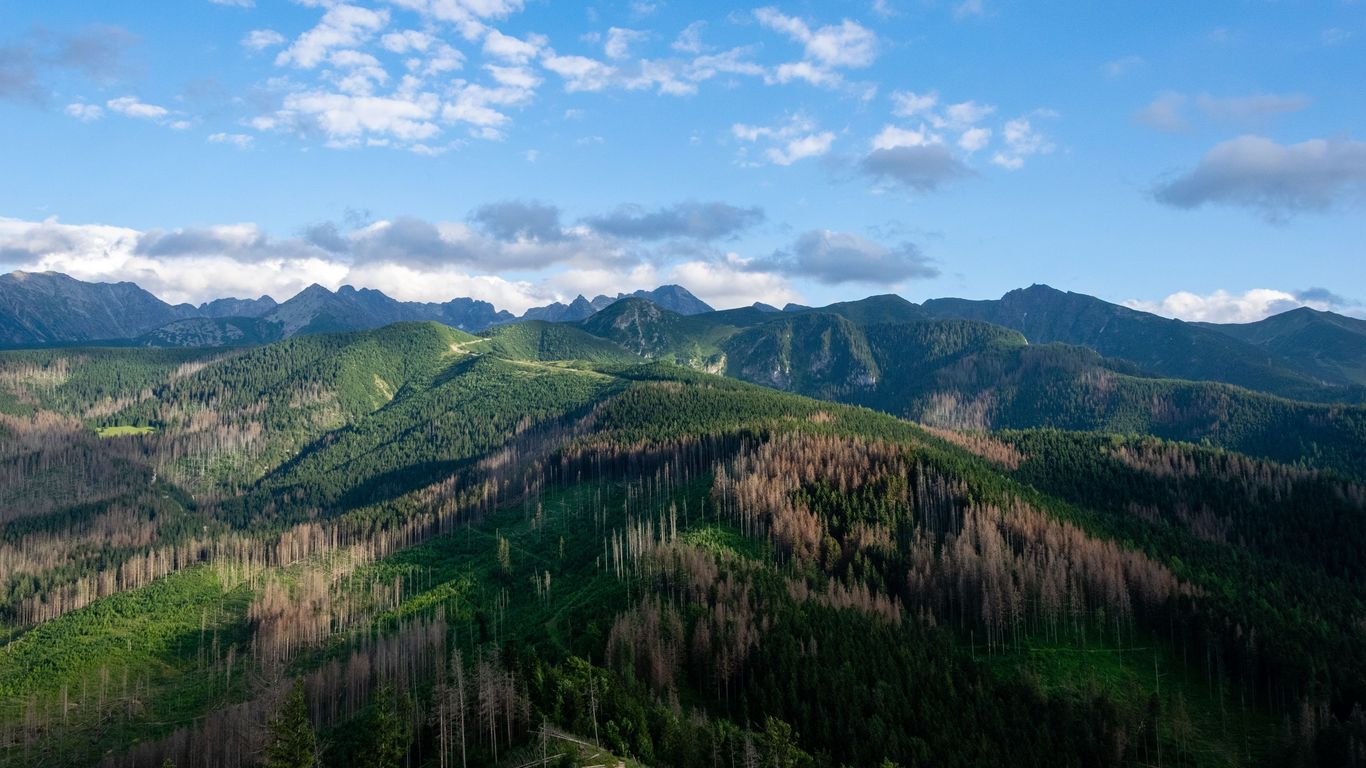Tucked away in the mountains of southern Poland, Zakopane is a resort town filled with magnificent wooden villas from the 19th and early-20th centuries. It's a popular base for winter skiing as well as hiking during spring and summer.
Zakopane is surrounded by Poland's highest peaks, including the 2,499-metre Mount Rysy. The town stands on the northern slopes of the Tatra Mountains which divide Poland with Slovakia to the south. These mountains are entered on the UNESCO World Network of Biosphere Reserves.
A vast network of hiking trails zigzag across these mountains, many of them connecting the lakes of Morskie Oko and Czarny Staw with a series of forests and remote valleys. Popular climbs include taking transport to Morskie Oko at 1,395 metres, then summiting the mountains of Giewont, Mnich, or Cubryna, in one day. Mount Rysy and Mieguszowiecki Szczyt are considered the most difficult climbs and require a full day.
Zakopane is a hub for some of Central Europe's most popular winter skiing. A number of cross country trails weave through the forests and the town has hosted the Nordic World Ski Championships on three occasions. The gradual inclines of the alpine slopes make Zakopane an excellent place for beginner skiers and the winter snow season runs from December to late February or early March.
This cute two-century old town is dominated by grand wooden villas, which have become the classical style of the local Goral – translates as mountaineer – people. Many have been converted into boutique hotels wandering through the town is part of the Zakopane experience.
Krakow and Krakow Airport are a two-hour bus journey from Zakopane. Katowice International Airport is two and a half hours away while a network of bus and trains arrive at Zakopane Station. The town can be explored on foot and local taxis bring visitors to the lakes and trailheads.
Stanislaw Witkiewicz was the designer behind the iconic wooden villas. In the 1880s his Zakopane style was popularised by writers and artists who found tranquility in this mountain town. Within 20 years the style had spread across the Polish mountains.





